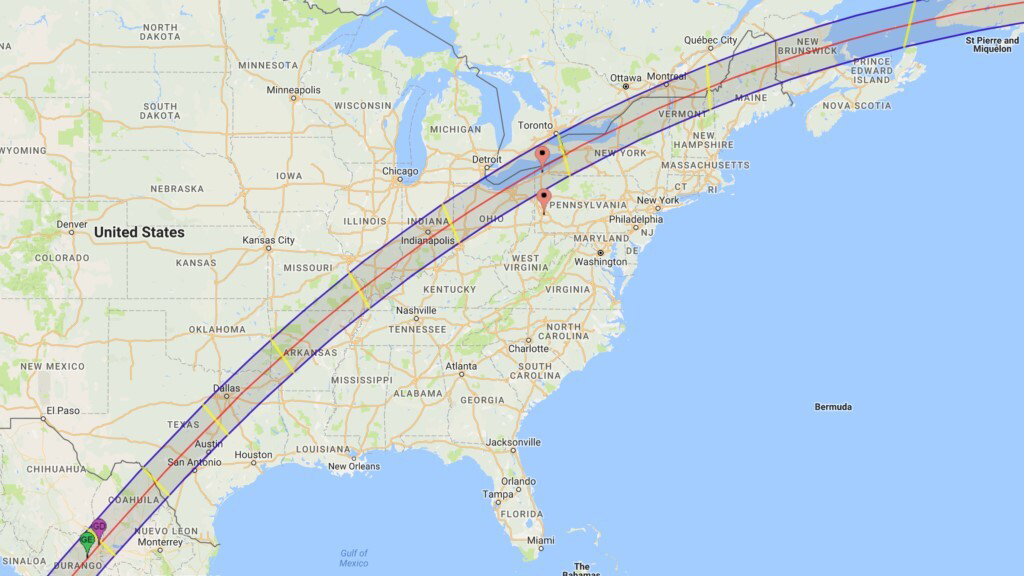editorial
Making Connections During the Upcoming Solar Eclipse 'Double-Header'
We all relish the occasions when we can make connections between what happens in school, at home, and in the community. Fortunately, two wonderful teachable celestial events will occur during the coming months in North America, with plenty of time to plan for making these connections.
A solar eclipse “double-header” will occur on Saturday, October 14, 2023 (an annular eclipse), and on Monday, April 8, 2024 (a total eclipse). In an annular eclipse, the Moon is farther out in its orbit, so that the Moon’s disk is too small to cover the Sun completely, and the Sun never goes completely dark. At maximum eclipse you see a dramatic “ring of fire” around the dark sphere of the Moon.
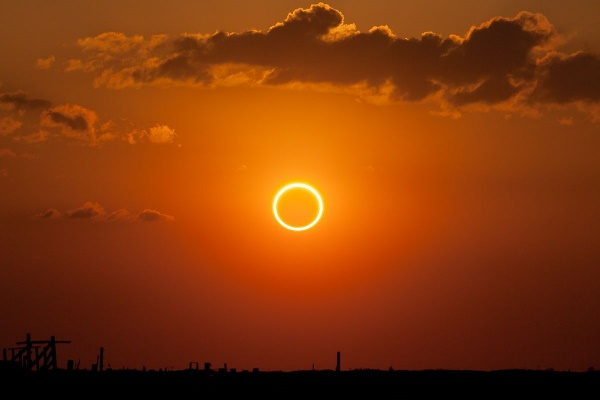
In a total eclipse, the Moon is close enough in its orbit to completely cover the Sun and during totality (which only lasts a few minutes) you see the beautiful solar corona.
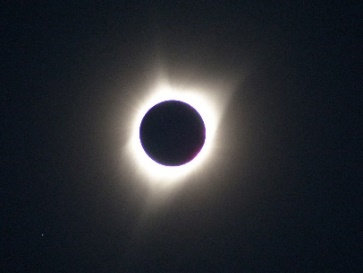
While you must be in a narrow path to see either the annular or total eclipse, everyone in North America will see a partial eclipse. A similar teachable moment in the continental United States will not occur until 2045.
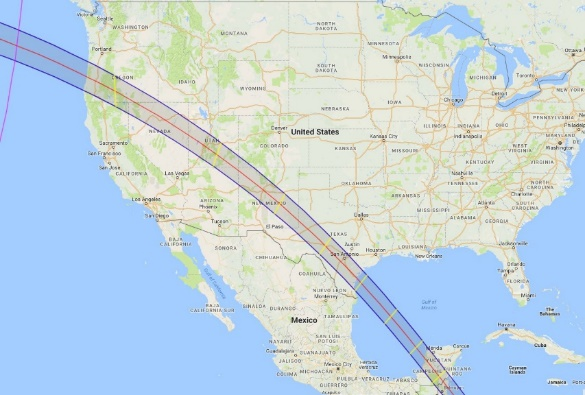
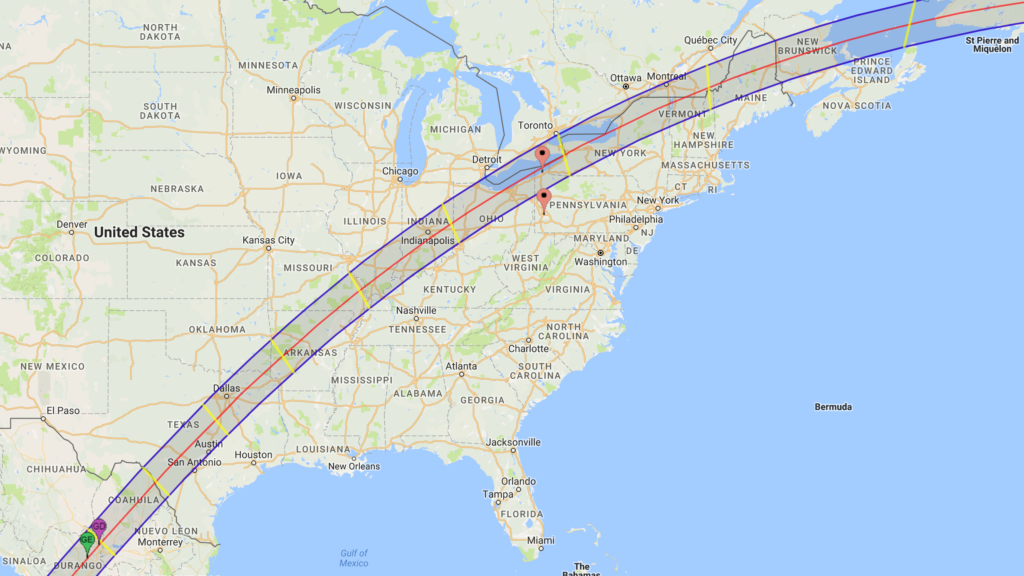
As with the 2017 eclipse, NSTA wants to be “eclipse-central” by providing all the resources you need on its dedicated solar eclipse web page, which includes
- basic information about the two upcoming eclipses and what causes them;
- how to determine what you will be able to see in your location;
- strategies for safe solar viewing, including safe solar-viewing glasses;
- advice on engaging with your administrators, so they are onboard with your eclipse observing plans;
- suggestions for resource people in the community who can assist with your eclipse programming;
- links to learning experiences about eclipses;
- informational flyers for members of the public; and
- links to other organizations providing resources about the upcoming eclipses
While most people will focus on the eclipsed Sun, this will also be a great time to observe what is happening on the Sun’s surface. The Sun is near the height of its 11-year cycle of solar activity, when it displays the largest number of sunspots (see recent photo of the Sun’s surface below). To see these sunspots, you will need to use a telescope or binoculars to PROJECT an image of the Sun as described in the NSTA resources.
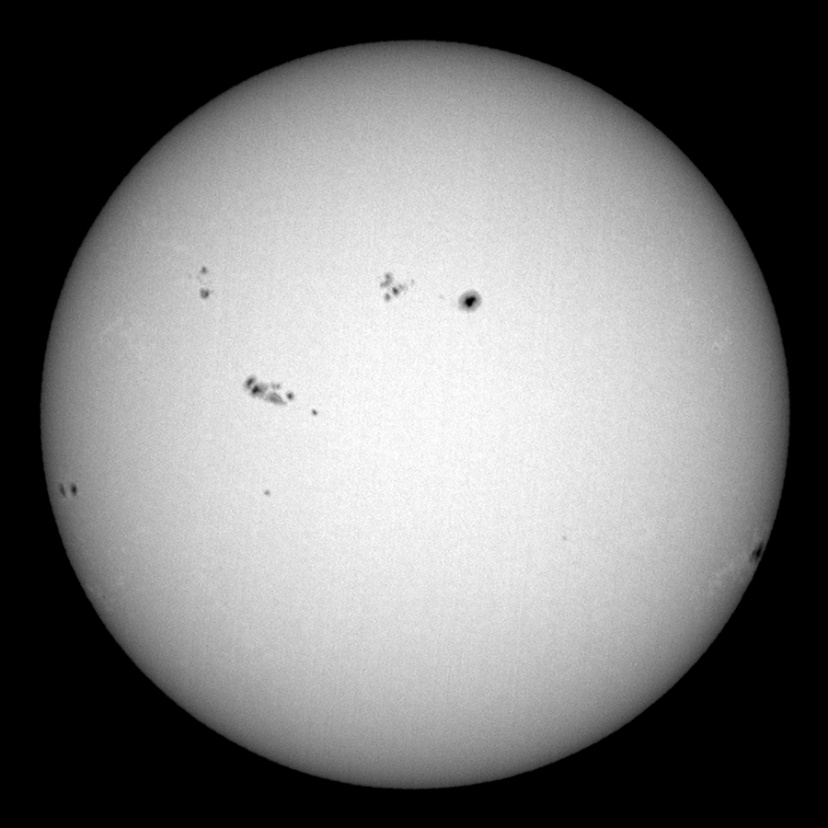
While these celestial events provide great classroom learning opportunities, there are many more ways to engage with other individuals or organizations. For example, thanks to a national grant from the Gordon and Betty Moore Foundation, many public libraries will distribute free, safe solar-viewing glasses. Many of these libraries will appreciate help with eclipse programs for their patrons. Afterschool programs, scout groups, and church organizations may also welcome knowing more about the eclipses and how to view them safely. The eclipses also provide the perfect opportunity for students, preservice teachers, and other community members to become “eclipse outreach agents.”
Astronomy clubs in the United States that are especially interested in doing public outreach are listed in the resources section of the Educator Guide on the NSTA solar eclipse web page. Maybe there is one in your community eager to help you with your eclipse-focused learning experiences!
These upcoming eclipses also provide opportunities to engage in science communication. For example, you, your colleagues, or your youth/students could develop educational posts for social media. Television, radio, and newspapers will likely be the last to “tune in” to the eclipses. Thus, one great way to be an eclipse ambassador is to approach local media outlets and give them an early heads-up about the events. We know that people often learn the most by teaching others, so this is the perfect opportunity for you to hone your skills in bridging the gap between in- and out-of-school learning. I hope you will find plenty of opportunities to engage and educate your school and community. Most important, I hope you enjoy clear skies and safe eclipse viewing on October 14, 2023, and then again on April 8, 2024.
Dennis Schatz (schatz@pacsci.org) is Senior Fellow at the Institute for Learning Innovation, a past president of NSTA, and the inaugural Field Editor of Connected Science Learning. He lives in Seattle, Washington. He is a leader in the Solar Eclipse Task Force of the American Astronomical Society and in the Solar Eclipse Activities for Libraries (SEAL) project to distribute 5 million solar-viewing glasses (and information) for the upcoming eclipses through 10,000 public libraries, funded by the Gordon and Betty Moore Foundation.
Earth & Space Science Informal Education



